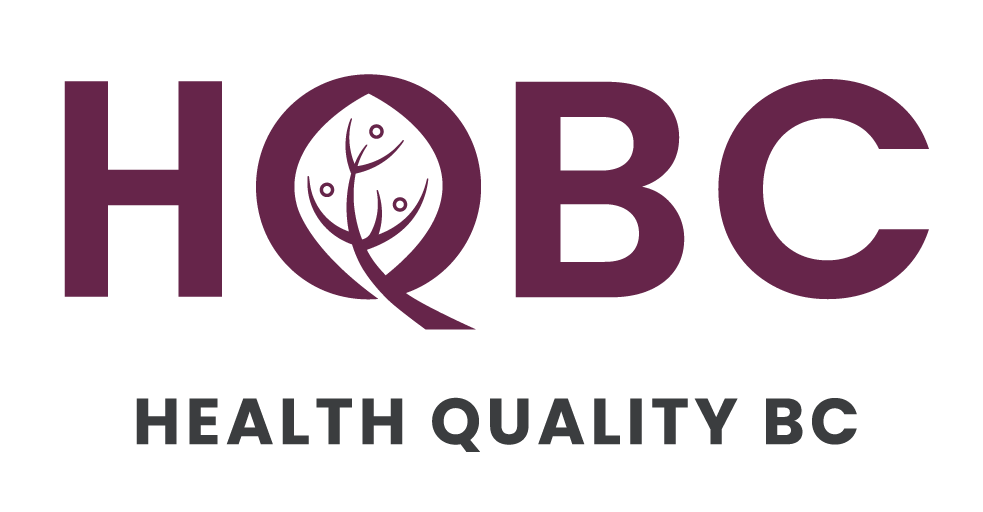Recognizing the role of communications in quality improvement
Recently, I’ve been lucky to collaborate with an international group of communicators who work in health care improvement organizations. In spite of my 436 failed attempts to dial into a Danish conference call line, we’ve created the #QIComms Charter, which invites all quality improvement leaders to recognise the role that communications plays in improvement, and asks them to integrate the Charter into their work.
#QiComms is the strategic communications part of quality and safety improvement that builds the will and momentum for achieving improvement goals. It uses communications in a planned way to support and underpin work that inspires, motivates and informs all those involved to deliver better, safer treatment and care.
To find out more about ‘The #QiComms Charter’, visit the charter website and join in the conversation on Twitter, using #QiComms.
The Charter features seven principles, and I’ve been tasked with profiling number four:
We will take a strategic approach to #QiComms
We understand our audiences, so we can design strategies and tactics to reach them with a clear and consistent set of messages to meet our improvement goals.
Now, there’s a lot to unpack in that brief description. Let’s break it down.
“We understand our audiences…” – A strategic approach to communications goes beyond simply identifying the people we need to engage in our improvement work. We need to know what makes them tick and why. We have limited time – who are the most important people we need to reach? How does our work align with their values and support them in their mission? Who are tone-setters for their colleagues, and how can we encourage them to champion our work?
“…so we can design strategies and tactics to reach them…” – A strategy considers what we want to accomplish, whereas a tactic is how we will do so. Does an evidence- or storytelling-based approach tend to resonate with our audiences? Is it better to reach them through social media, email newsletters or printed posters?
“…with a clear and consistent set of messages…” – Health care professionals are bombarded with information, requests and ads. We can help our information stand out by keeping it to a few clear, key messages that are easy to remember – and easy to repeat. A handy trick is to consider how we would describe our work to a colleague during a 20-second elevator ride.
“…to meet our improvement goals.” – Our best efforts aren’t guaranteed to result in improvement, just like how our communications strategies and tactics aren’t guaranteed to effectively engage our audiences. Communications and PDSA cycles are a great fit – two mantras within our communications team are Always Be Testing and Always Be Analyzing. Taking the time to consider our key audiences, our tactics, and our key messages is a great way to set ourselves up to achieve our improvement goals.
That’s a lot to take in! If you don’t know where to start, consider involving your organization’s communications team. It can help you throughout your #QIComms journey! And be sure to check out the charter website for more information and resources that can help your improvement work.
Written by Kevin Smith, Communications Director

